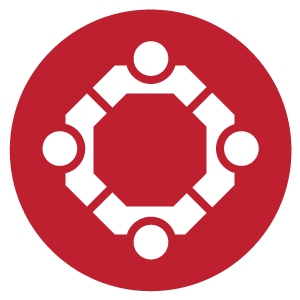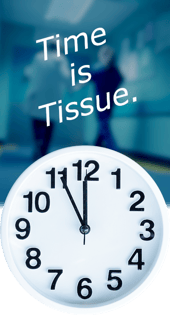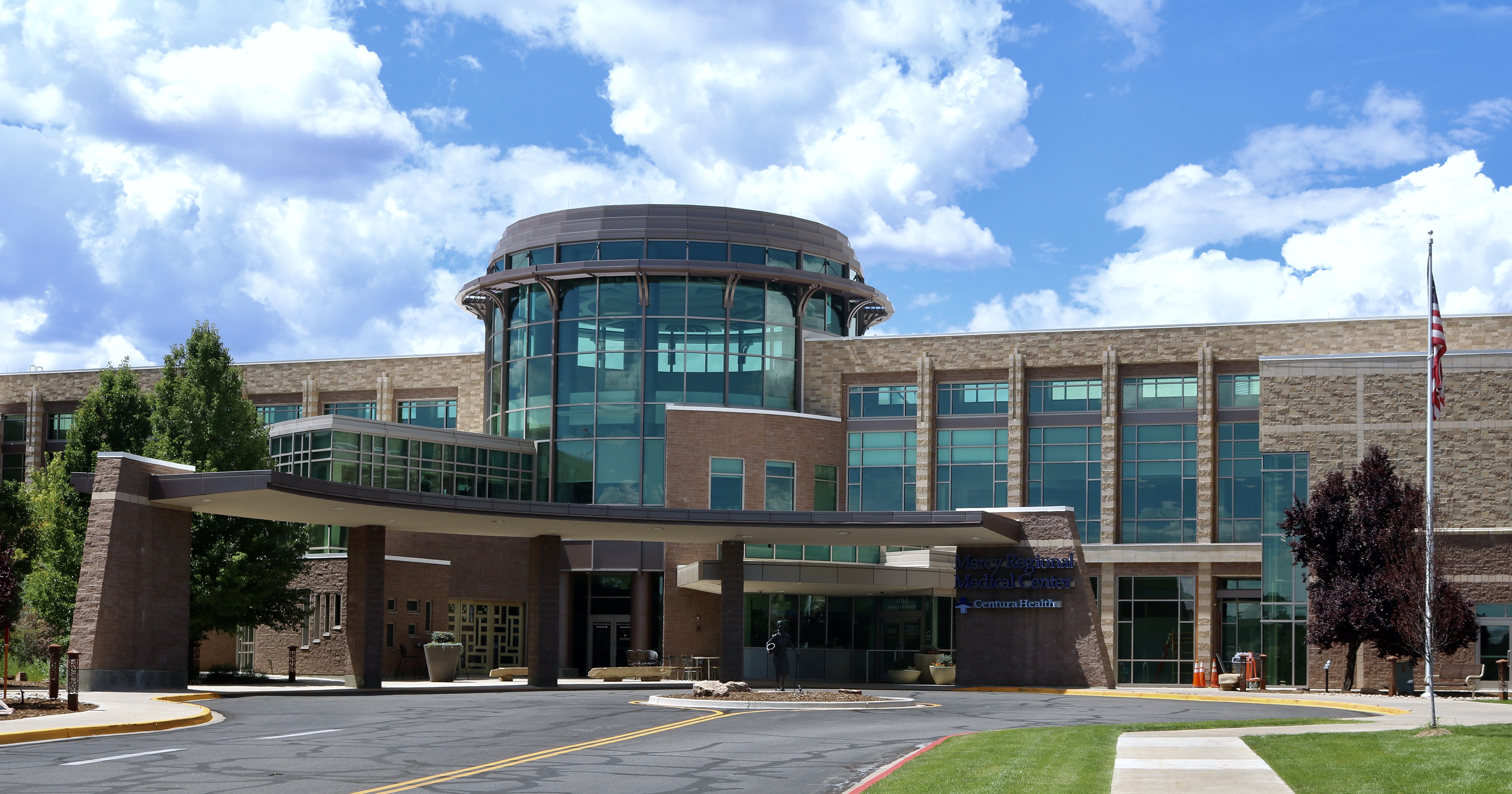Stop the Staffing Spiral: Burnout is Draining Your Workforce
Editor's Note: In July 2025, EMS1 and Fitch & Associates released their annual EMS trend survey, What Paramedics Want, proudly sponsored by Pulsara....
1 min read
 Team Pulsara
:
Nov 15, 2017
Team Pulsara
:
Nov 15, 2017
![What if we Measured Treatment Delays in Number of Brain Cells Lost? Thoughts from a Stroke Coordinator [Podcast]](https://www.pulsara.com/hubfs/timetissueclock-071173-edited.png)
What if instead of recording treatment delays in minutes, your stroke coordinator recorded them in number of brain cells lost?

Would your team still say "Oh well, it's only five minutes, that's not too bad" if the metric referred to were "Only 10 million brain cells?"
In this week's podcast episode, Shane talks to Alyana Samai, Stroke Program Coordinator at West Jefferson Medical Center who believes that too often we lose sight of why we have treatment time goals in the first place. Re-framing this concept helps bring back in to focus the fact that we aren't just working to reduce some arbitrary time goal, we are working to reduce the damage done to a human being while they're suffering from a stroke.
These are real patients with real lives, who are affected by our performance in these critical moments. It's About People. It's About Time.
Listen to the full podcast below, AND be sure to subscribe on iTunes or Google Play!

Editor's Note: In July 2025, EMS1 and Fitch & Associates released their annual EMS trend survey, What Paramedics Want, proudly sponsored by Pulsara....

A new research study, published in The Journal of the American College of Cardiology (JACC), shows the use of Pulsara in a STEMI-focused initiative...

Texas EMS Agency Slashes Hospital Offload Times For Low-Acuity Patients Down from 45 Minutes to 10.2 Minutes with Innovative Door-to-Lobby Protocol ...